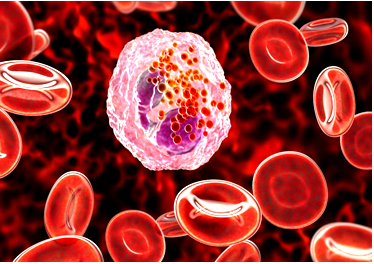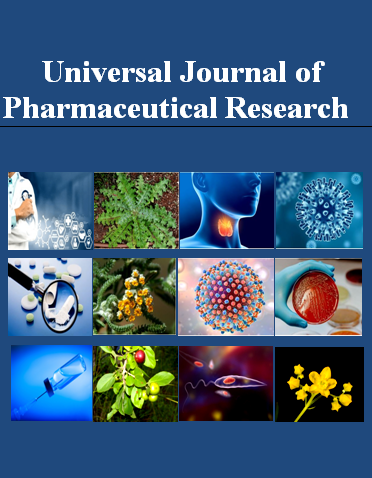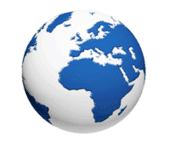EOSINOPHILS IN SICKLE CELL ANEMIA: EMERGING MOLECULAR MECHANISMS AND CLINICAL IMPLICATIONS
Keywords:
Sickle cell anemia, eosinophils, inflammation, molecular mechanisms, vaso-occlusive events, immune modulationAbstract
Sickle cell anemia (SCA) is a genetic hemoglobinopathy characterized by defective hemoglobin S, which results in sickle-shaped red blood cells. Chronic inflammation, endothelial dysfunction, and repeated vaso-occlusive crises (VOC) characterize the condition, all of which contribute considerably to morbidity and mortality. The purpose of this paper is to elucidate potential molecular pathways and interactions involving eosinophils in the context of SCA severity. A thorough literature analysis was done to collect existing evidence on the molecular interactions of eosinophils in inflammatory disorders, with an emphasis on their probable involvement in SCA. The findings indicate that eosinophils may contribute to SCA severity via several routes. Eosinophil degranulation produces cytotoxic proteins such major basic protein (MBP) and eosinophil peroxidase (EPO), which can increase oxidative stress and endothelial damage. Furthermore, eosinophils interact with adhesion molecules, causing vascular inflammation and aiding in the attachment of sickled red blood cells to the endothelium. Eosinophils appear to play multiple roles in the pathogenesis of SCA, including inflammation, oxidative stress, and endothelial dysfunction. While direct studies on eosinophils in SCA are sparse, the molecular insights gained from this review indicate their possible role in disease severity.

Peer Review History:
Received 8 February 2025; Reviewed 6 March 2025; Accepted 19 April; Available online 15 May 2025
Academic Editor: Dr. Amany Mohamed Alboghdadly , Ibn Sina National College for Medical Studies in Jeddah, Saudi Arabia, amanyalboghdadly@gmail.com
, Ibn Sina National College for Medical Studies in Jeddah, Saudi Arabia, amanyalboghdadly@gmail.com
Reviewers:
 Dr. Areen Alshweiat, University of Szeged, Hungary, areen.alshweiat@hu.edu.jo
Dr. Areen Alshweiat, University of Szeged, Hungary, areen.alshweiat@hu.edu.jo
 Dr. Asia Selman Abdullah, University of Basrah, Iraq, asia_abdullah65@yahoo.com
Dr. Asia Selman Abdullah, University of Basrah, Iraq, asia_abdullah65@yahoo.com
Downloads

Published
How to Cite
Issue
Section

This work is licensed under a Creative Commons Attribution-NonCommercial 4.0 International License.









 .
.